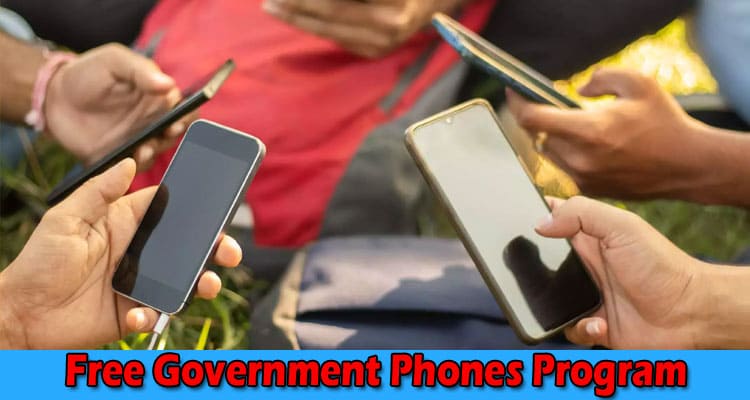Access to reliable and affordable communication has become increasingly vital in today’s digital age. However, not everyone can afford a smartphone or a basic cell phone plan. Many governments have initiated programs that provide free phones and mobile services to low-income individuals to bridge this connectivity gap. This listicle will delve into the details of the free government phones and service program, its purpose, eligibility criteria, and the benefits it offers.
Table of Contents
The Free Government Phones Program: An Overview
The Free Government Phones Program, aims to ensure everyone has access to essential communication services. It is a federal initiative that provides free or subsidized phones and monthly services to eligible individuals. By doing so, the program aims to empower low-income households and facilitate their participation in various aspects of modern society.
Eligibility Criteria
Applicants must meet explicit criteria to qualify for the Free Government Phones Program. The detailed eligibility requirements may vary slightly from one state to another, but generally, applicants must fulfill the following criteria:
- Income-Based Eligibility: Applicants must have earnings at or below 135% of the federal poverty guidelines. These guidelines determine the maximum income level for a household to be economically disadvantaged. Proof of income or participation in certain assistance programs, such as Medicaid or (SNAP) Supplemental Nutrition Assistance Program, is often required.
- Participation in Government Assistance Programs: Besides income-based eligibility, certain government assistance programs can make individuals eligible. These programs may include Medicaid, Supplemental Security Income (SSI), (FPHA) Federal Public Housing Assistance, or the National School Lunch Program’s Free Lunch Program.
Benefits of the Free Government Phones Program
The Free Phones Program by the government offers several benefits beyond a free phone. These benefits play a significant role in closing the connectivity gap and promoting digital inclusion. Some of the notable advantages are:
- Access to Emergency Services: A mobile phone enables individuals to connect with emergency services in need. This is crucial for personal safety and can save lives in critical situations.
- Job Search and Employment Opportunities: In today’s competitive job market, reliable communication is essential. Free government phones allow individuals to search for employment, communicate with potential employers, and stay connected while navigating the job market.
- Access to Educational Resources: With the increasing technology integration in education, having a phone with internet access is crucial for students. Free Government phones allow students from low-income households to access educational resources, conduct research, and complete assignments.
- Improved Access to Healthcare Services: In an era of telehealth and remote consultations, access to a mobile phone is essential for individuals to connect with healthcare providers. This free program enables low-income individuals to schedule appointments, receive crucial health-related information, and access telemedicine services.
Applying for the Program
Applying for free government phones and service is a straightforward process. Interested individuals can typically apply online or through designated enrollment centers. The application requires personal information, proof of income, and documentation supporting eligibility criteria. Once the application is approved, the applicant will obtain a free phone with monthly service included.
Conclusion:
The Free Government Phones Program is vital in closing the connectivity gap and ensuring that individuals from low-income households have access to essential communication services. By providing free phones and mobile service, the program empowers individuals to participate more fully in society, access emergency services, seek employment, access educational resources, and connect with healthcare providers. It is a significant step towards promoting digital inclusion and bridging the technological divide. As technology advances, programs like these will continue to be crucial in creating a more equitable and connected society.


